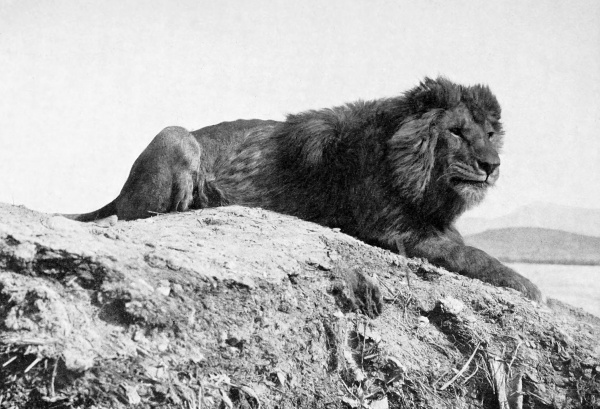Facts About Barbary lion
The Barbary lion, scientifically known as Panthera leo leo, was once a majestic predator that roamed the vast expanses of North Africa. Tragically, these lions are now extinct in the wild. They are also referred to as the North African lion, Berber lion, Atlas lion, or Egyptian lion.
These lions inhabited the coastal regions of the Maghreb, from the Atlas Mountains in Morocco all the way to Egypt. It was long believed that the Barbary lion was a distinct subspecies. However, studies conducted in 2008 revealed that, both genetically and physically, they were not significantly different from lions in West and northern Central Africa. They actually belong to the same broader group as the Asiatic lion and are closely related to lions in West Africa.
Barbary lions were distinguished by their varied appearances. Their fur color ranged from light to dark tawny, and their manes varied in length and hue. While many believed that the size and color of their manes could help identify them as a distinct subspecies, genetic research has disproven this notion.
These lions roamed a vast territory from Egypt to Morocco. Historical records and hunting logs show that they were particularly abundant in the Atlas Mountains. Unfortunately, they faced extinction due to relentless hunting and the destruction of their natural habitat.
Although they are extinct in the wild, some Barbary lions were kept in zoos and private collections. These captive lions often displayed characteristics typical of the Barbary lion. There have been efforts to preserve their genetic lineage through breeding programs and other conservation initiatives.
From a cultural perspective, lions, including the Barbary lion, held significant reverence in ancient Egyptian art and mythology. They symbolized power and protection in various cultures.

 Spain
Spain